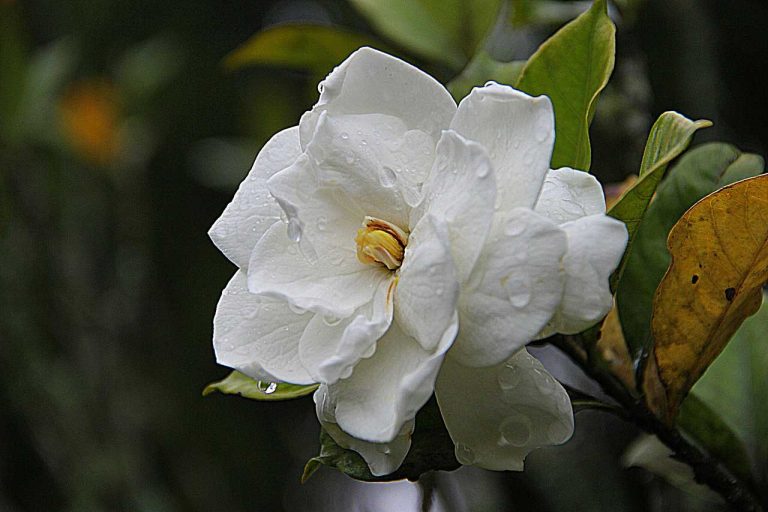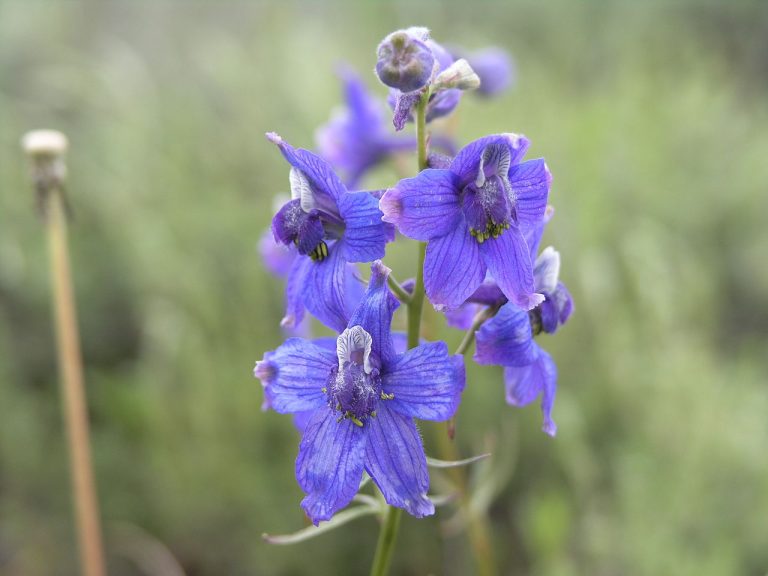Plant Life Cycle
Every living thing has a cycle of life. Every living thing gives birth, develops, and reproduces, and this cycle of life never ends. Have you ever considered how plants go through this life cycle? Similar to other living things, plants develop, reproduce, and go through a cycle of life.
The germination of a seed marks the beginning of the plant life cycle. The seed develops into a seedling, eventually maturing into a plant and reproducing to generate more seeds, beginning a new life cycle.
Do you wish to learn more about the plant life cycle, or are you just interested in plants? So you’re in the proper spot. In this post, we’ll discuss plants and how they develop over time.
The Life Cycle Of A Plant
From the time the seed germinates to the point at which the plant has finished reproducing, there are various stages in the plant life cycle. It starts with seed germination, seedling development, plant growth, and seed production.
- Seed
A seed is where the plant life cycle begins. The outer coat, often known as the tough covering of seeds, shields them from environmental damage. However, each seed contains an embryo or young plant. The embryo has its first genuine leaves, branches, and roots.
Angiosperms also have cotyledons, which provide sustenance for the growing embryo inside the seed. A variety of processes transport the seed to distant soil, where it grows. A cotyledon is the first leaf to develop after the seed germinates.
- Germination
The second step in the plant life cycle is germination. After a time of hibernation, seeds typically emerge using this technique. However, the correct temperature and amount of moisture are required for the seed to start germination as soon as it contacts the soil. In ideal conditions, the seed expands after being planted in the soil as it starts to absorb moisture and water.
The swelling causes the hypocotyl to break through the seed covering, transforming the seed into a stem. Germination is the process through which a little stem-like structure emerges from the seed.
Following this, the little root continues to extend downward into the soil. This root aids the plant’s growth and development by absorbing water and other nutrients. The cotyledons begin to break apart during the last stage of germination, resulting in new leaves forming.
- Seedling
Seedling is the next stage of the plant life cycle. A seed that has grown into a very young plant. It starts to enlarge in the sun’s direction. Plants need food, water, sunlight, and air to survive and grow. Photosynthesis helps the seedling grow into an adult plant.
The plant provides food to maintain numerous bodily developmental changes. This food, which is created through photosynthesis, is crucial to the plant life cycle. By combining carbon dioxide and water, photosynthesis creates glucose and releases oxygen. The chloroplasts found in leaf cells contribute to the process by capturing the sunlight. The hydrolysis of water is accomplished using this light energy.
The roots and stem of plants are where photosynthesis-produced sugars are kept. As the plant grows, its root system expands and firmly anchors the earth to provide the plant with the support it needs. Eventually, the plant moves to the next and final – adult stage.
- Adult Plant
When a plant is fully grown, it starts to create blooms, which, in the case of flowering plants, results in the production of seeds. An adult plant has leaves, branches, roots, flowers, fruits, and other parts. The flower is a plant’s reproductive organ. It generates seeds that grow into new plants. Petals, sepals, stamens, and pistils are only a few of the parts that make up a flower.
- Pollination
The process of pollination is crucial to the plant life cycle. Pollination is the process through which flowers employ pollen to create seeds. Pollinators spread pollen, including birds, butterflies, insects, bees, and even the wind.
Pollen dust adheres to an insect’s legs when it settles on a flower, such as a butterfly’s wings. The pollen is carried to the pistil when the butterfly flies to the subsequent plant. Additionally, after fertilization, the seeds begin to sprout.
Plants release pollen grains during the pollination process to reach the female portions of the blooms. Only the male or female parts of some flowers, not both, may be present. In such a situation, the pollination agents help the pollen move from one flower to another.
Pollen is then distributed onto the stigma of the female portion as a result. Even if the flower is bisexual, the plant pollinates with the pollen of the other flower.
- Reproduction
The sexually reproducing organ of the mature plant is the flower. The early bud on the stalk is where the entire bloom develops. The flower’s petals are painted in a variety of hues to entice pollinators. The stigma, style, ovary, and ovules are all components of the pistil, which is the female portion of the flower.
The stigma of the female part receives the pollen, which attaches to the base of the stigma. The pollen travels through the style to the ovary when it becomes stuck. Pollen is used to fertilize the eggs within the ovary. The fertilized eggs transform into seeds, and the ovary grows into fruit by removing the flower’s constituent parts.
Wind, animals, or water currents disperse the seeds in the atmosphere once they detach from the parent plant. The seeds are distributed to far-off locations, where they eventually begin the plant life cycle in fresh soil.
Seedless Plants
Some plants that don’t produce flowers or seeds to reproduce are said to be seedless. Organisms like ferns and mosses create spores, which are various sorts of cells. Plants produce spores as a component or byproduct. The spores have new plants that keep growing.
Plant life cycles are different and depend on what type of plant it is.
Annuals
All plant life cycle stages occur in a year for annual plants. Most are planted in the spring, flower in the summer, and die in the fall. Some of these, known as winter annuals, begin to grow in the later summer and fall, become dormant in the winter, and then begin to grow in the spring and summer.
Hardy annuals
This kind of plant can endure harsh frosts and chilly soil. Depending on how harsh the winter is, it might be winter-hardy and able to endure cold temperatures if planted in the fall. Although they frequently perish in the summer heat, they are ideal for gardening in cooler climates.
Half-hardy annuals
Half-Hardy annuals are only moderately resistant to cold and light frost. However, if the seed is planted too early and germinates, even a mild frost could kill the seedlings. Half-hardy annuals may struggle in the heat of the summer, but they seem to bounce back in the cooler weather of the fall, frequently triggering growth and blooming.
Tender annuals
A plant of this type cannot withstand temperatures below zero. only be planted outdoors when the risk of frost has passed. The seed is typically planted in a greenhouse in the spring when it develops into little plants that are then transplanted into the garden after the last frost. As a result, it can endure the heat of the summer pretty well, continuing to develop and bloom.
Biennials
Biennial plants require twice as long as annual plants to complete their entire life cycle. They require a latent period, brought on by low temperatures, between plant development and blooming.
Biennials are typically planted in the spring, go through a vegetative stage in the summer, a dormant stage in the fall, stay in this latent state over the winter, and then flower, set seed, and die in the fall.
Some biennials can be grown as annuals by sowing seeds in the summer that will thaw and be exposed to cold temperatures to promote flowering in the fall and throughout the winter and restarting development and flowering the following spring.
Bulbs
Common names for bulbous plants include bulbs, tubers, corms, and rhizomes. True bulbs are fleshy food storage areas for the underground stems that will produce the plants for the next season. Although more scaly and substantial, corms are also food storage containers.
Tubers and rhizomes are substantial subterranean stems. Because bulbous plants return and bloom year after year, these groups of flowers must be classified as perennials to be considered accurately.
Bottom Line – Plant Life Cycle
You now understand that plants have a life cycle much like all other living things on the planet. As you can see, the plant life cycle varies based on the type of plant we’re talking about because they all have unique traits, are diversified, and have a significant impact on the environment.
But one thing is for sure — the plant life cycle is a vital process for the survival of the Earth. Our planet is rich in fascinating plant species because of this complex growing system; thus, before you harm or destroy any of them, consider how important they are to our current survival.

Nato is a content writer and researcher with a background in psychology who’s eager to explore the wonders of nature. As a travel enthusiast and animal lover, she hopes to inspire others to discover and cherish the beauty and importance of the natural world.







